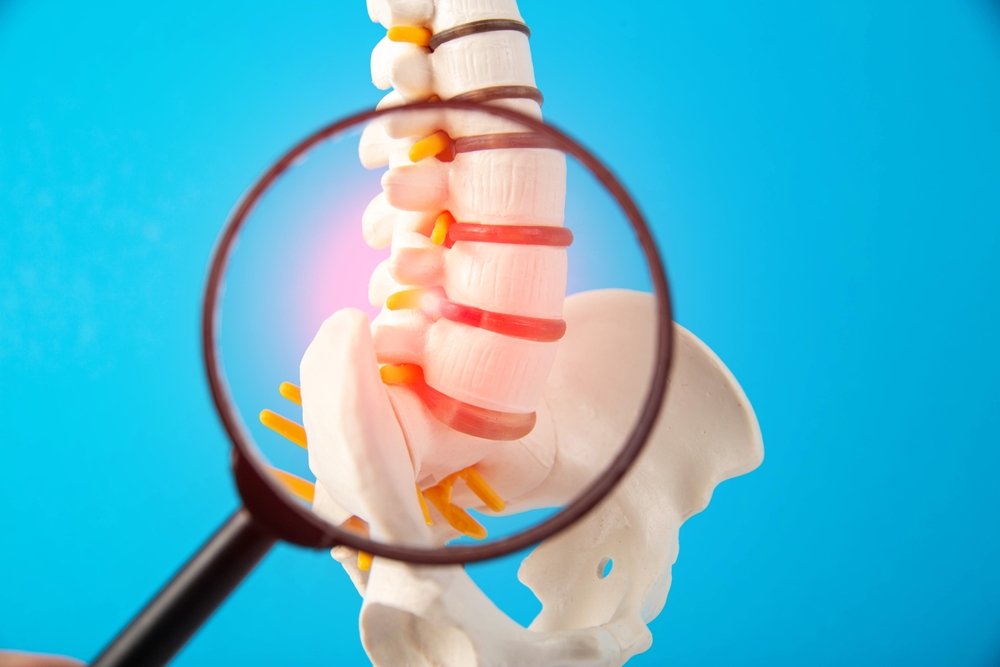Spinal Muscular Atrophy (SMA) is a genetic disorder characterized by the progressive weakening of muscles due to the loss of motor neurons in the spinal cord. Often beginning in childhood, SMA can significantly affect quality of life, mobility, and, in severe cases, life expectancy. This guide explores the essential aspects of SMA, including symptoms, causes, and current treatment options, to offer a clearer understanding of this condition.

What Is Spinal Muscular Atrophy?
Spinal Muscular Atrophy is a group of genetic disorders that primarily affect the motor neurons responsible for controlling muscle movement. These motor neurons deteriorate over time, leading to muscle atrophy, weakness, and, ultimately, loss of voluntary movement. SMA is categorized by its severity and age of onset, ranging from severe forms in infancy to milder adult-onset types. To learn more, visit the Muscular Dystrophy Association.
Symptoms of Spinal Muscular Atrophy
The symptoms of SMA vary widely based on the type and severity of the condition. Recognizing these symptoms early can be crucial in seeking timely medical intervention. Below are common symptoms associated with different types of SMA:
- Muscle weakness, especially in the shoulders, hips, and legs
- Difficulty with movements like crawling, walking, or lifting
- Respiratory issues, including difficulty breathing and swallowing
- Limited range of motion and poor muscle tone
- Scoliosis or abnormal spinal curvature due to muscle weakness
Each type of SMA presents its own set of challenges. For instance, Type 1 SMA is typically diagnosed in infancy and involves severe weakness, while Type 4 SMA presents in adulthood with milder symptoms. For an in-depth overview, consult the Cleveland Clinic’s guide on SMA.
Types of Spinal Muscular Atrophy
Spinal Muscular Atrophy is generally divided into four main types based on age of onset and symptom severity:
- Type 1 (Infantile Onset): The most severe form, appearing within the first six months of life. Infants with Type 1 SMA often struggle with respiratory function and have limited mobility.
- Type 2 (Intermediate): Symptoms appear between 6-18 months. Children may be able to sit independently but generally struggle with standing or walking without support.
- Type 3 (Juvenile Onset): Symptoms emerge after 18 months. Individuals can typically walk independently but may experience mobility issues as they age.
- Type 4 (Adult Onset): A milder form that presents in adulthood with muscle weakness and reduced mobility over time.
Each type has its own unique challenges and prognosis, and early diagnosis is essential for managing symptoms effectively. For further insights, the Johns Hopkins Medicine overview of SMA offers additional details.
Causes of Spinal Muscular Atrophy
SMA is caused by mutations in the survival motor neuron 1 (SMN1) gene, which is responsible for producing SMN proteins essential for motor neuron health. Without enough SMN protein, motor neurons deteriorate and die, leading to muscle weakness and atrophy. SMA is inherited in an autosomal recessive pattern, meaning both parents must carry the mutated gene for a child to develop the condition.
In most cases, individuals with SMA have two faulty copies of the SMN1 gene, one from each parent. Carriers of only one mutated SMN1 gene typically do not show symptoms but can pass the gene mutation on to their offspring. The National Institute of Neurological Disorders and Stroke provides comprehensive information on the genetic aspects of SMA.
Diagnosing Spinal Muscular Atrophy
Early diagnosis of SMA can be challenging, particularly in milder cases where symptoms appear later in life. However, advancements in genetic testing have made it easier to diagnose SMA accurately. The diagnostic process typically includes:
- Genetic Testing: Blood tests to detect SMN1 gene mutations.
- Physical Examination: Evaluating muscle tone, reflexes, and motor skills.
- Electromyography (EMG): Assessing muscle activity to help identify muscle and nerve health.
Genetic testing has become increasingly important, as it can confirm SMA and help parents understand the likelihood of passing on the condition to future children. For those interested, Cure SMA provides information and support for genetic testing, which you can explore on their website.
Treatment Options for Spinal Muscular Atrophy
While there is no cure for SMA, several treatments are available to manage symptoms, slow disease progression, and improve quality of life. These treatments include medications, physical therapy, and supportive care:
- Medications: New medications have shown promise in altering the course of SMA. Spinraza (nusinersen), Zolgensma (onasemnogene abeparvovec), and Evrysdi (risdiplam) are the most common medications used for SMA treatment. These drugs aim to increase SMN protein levels, slowing disease progression and improving muscle function.
- Physical Therapy: Regular physical therapy helps maintain muscle strength, mobility, and flexibility, which are essential for managing SMA symptoms.
- Assistive Devices: Equipment such as wheelchairs, braces, and ventilators can improve mobility and support respiratory function for those with severe forms of SMA.
- Nutritional Support: Proper nutrition is essential, especially for patients who have difficulty swallowing or digesting food.
For more on treatment options, visit WebMD’s SMA treatment guide.
Living with Spinal Muscular Atrophy
Living with SMA presents ongoing challenges, but with advancements in medical treatment and supportive care, individuals can lead fulfilling lives. Many organizations and support networks offer resources and assistance, helping families and patients manage the daily impacts of SMA.
Organizations like Cure SMA provide invaluable resources, from genetic counseling to treatment guidance and community support. For further information, Cure SMA’s website at CureSMA.org offers extensive support options.
Conclusion: Understanding SMA for Better Care and Management
Spinal Muscular Atrophy remains a serious, life-changing condition, but understanding its causes, symptoms, and treatment options can help individuals and families make informed decisions about care. Early diagnosis, medical intervention, and supportive resources are crucial for managing SMA and improving patients' quality of life. With ongoing research and advances in genetic therapies, there is hope that even better treatment options will emerge in the coming years.
